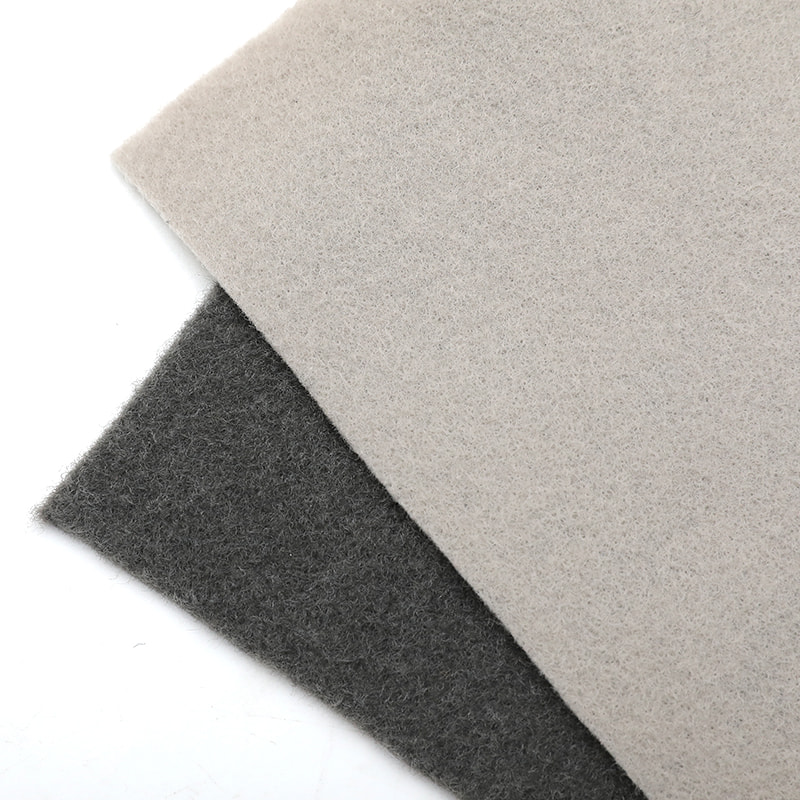In the automotive industry, the quality and comfort of interior decoration often directly affect consumers' car purchase choices. As an important part of interior materials, the manufacturing process of automotive interior non-woven fabric largely determines its performance and durability. Automotive interior non-woven fabric not only needs to meet the requirements of beauty and touch, but also needs to have characteristics such as wear resistance, stain resistance and easy cleaning.
Overview of the manufacturing process
The manufacturing process of automotive interior non-woven fabric involves multiple links, the first of which is the selection of raw materials. Common raw materials include polyester fiber and polypropylene, each of which has different physical and chemical properties. For example, polyester fiber is often favored for its superior heat resistance and chemical resistance. Next, the manufacturing process combines the fibers through mechanical, chemical or thermal bonding to form automotive interior non-woven fabric. During this process, manufacturers need to strictly control temperature and pressure to ensure the uniformity and texture of the final product. Different molding methods (such as dry method, wet method, etc.) will also directly affect the thickness, density and air permeability of the fabric, which in turn indirectly affects its actual application effect in automotive interior.
Factors affecting performance
The performance of automotive interior non-woven fabric is affected by several factors. First, the type and specification of the fiber determine the strength of automotive interior non-woven fabric. For example, finer fibers usually produce softer and more tactile products, while thicker fibers may improve their tear resistance. In addition, the added additives affect the fire resistance, antibacterial and UV resistance of automotive interior non-woven fabric, which are particularly important in car interiors.
In contrast, the use of high-quality raw materials and advanced production processes can significantly increase the life of automotive interior non-woven fabric. For example, the application of certain emerging technologies such as nano-coating has made a qualitative leap in the anti-fouling and wear resistance of automotive interior non-woven fabric, which can better adapt to the complex and changing in-vehicle environment.

Durability and maintenance
Faced with the complex automotive interior environment, the durability of automotive interior non-woven fabric has become the focus of users. The interior of every car is subject to various wear and tear in daily driving, such as sun exposure, moisture and dirt. After fine processing, automotive interior non-woven fabrics are usually more resistant to stains and can effectively prevent color fading and material degradation. Such materials are easier to clean and maintain, and consumers only need to wipe them gently with a damp cloth to keep them in good condition.
In addition, some manufacturers have also made innovations in the post-processing of automotive interior non-woven fabrics, such as the application of antibacterial technology, which not only improves durability but also ensures the air quality in the car.
In the manufacturing process of automotive interior non-woven fabric, the selection of raw materials, production processes and the use of additives have an important impact on its performance and durability. High-quality automotive interior non-woven fabrics can not only effectively improve the overall experience of the car interior, but also extend its service life. With the development of technology, the future potential of automotive interior non-woven fabrics is promising, and car companies will continue to invest in material innovation to meet the increasing needs of consumers. Choosing the right interior material is not only the key to improving the driving experience, but also part of achieving the goal of intelligent and environmentally friendly cars.

 English
English Español
Español Deutsch
Deutsch عربى
عربى














